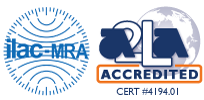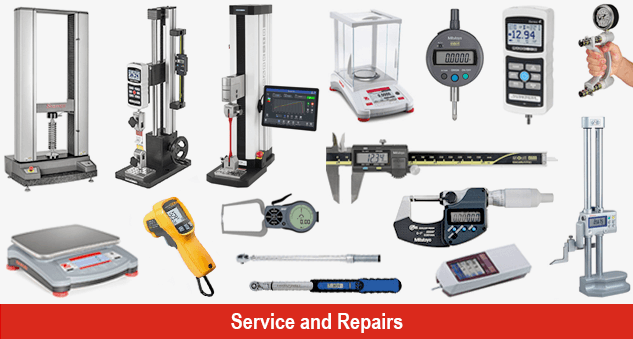Height gauges are essential precision measurement instruments used to determine the vertical dimensions of objects and workpieces with exceptional accuracy. These sophisticated tools play a crucial role in quality control processes across manufacturing and production operations, ensuring that components meet exact specifications and tolerances.
What Are Height Gauges?
Height gauges consist of a precision-engineered sliding carriage equipped with a movable scribe, mounted on a vertical axis beam or column that features a graduated measuring scale. This design allows for accurate measurement of vertical distances and dimensions in various industrial applications.
Types of Height Gauges
The manufacturing industry relies on three primary types of mechanical height gauges, each designed for specific measurement requirements and applications:
1. Vernier Height Gauges
Vernier height gauges represent the most versatile option in the height gauge family. These instruments can accurately measure objects up to 6 feet in height, making them the ideal choice for larger workpieces and components. Their extended measurement range makes them indispensable in heavy manufacturing environments where precision measurement of tall components is required.
2. Dial Height Gauges
Dial height gauges are specifically designed for smaller measurements, typically handling dimensions of less than 12 inches. This compact design offers several advantages, including enhanced portability and convenient storage options. These gauges are perfect for precision machining operations and quality control tasks involving smaller components.
3. Digital Counter Height Gauges
Digital counter height gauges incorporate advanced electronic technology to provide superior measurement capabilities. These modern instruments offer several key benefits:
- Easy-to-read digital displays that eliminate measurement interpretation errors
- Reduced measurement time through automated calculations and instant readings
- Floating zero point capability for enhanced measurement flexibility
- Data recording features for quality control documentation
Applications of Height Gauges in Manufacturing
Height gauges serve multiple critical functions in modern manufacturing and quality assurance processes:
Dimensional Verification
Height gauges excel at measuring the distance from a reference surface to specific features of a part, ensuring that manufactured components meet precise specifications and tolerances. This capability is essential for maintaining quality standards in production environments.
2D Measurement Operations
These instruments perform sophisticated 2D measurements of part features and verify critical center-to-center dimensions. This functionality is particularly valuable in automotive, aerospace, and precision manufacturing industries where exact positioning is crucial.
Geometric Analysis
Height gauges provide comprehensive measurement capabilities for various geometric properties, including:
- Flatness measurement to ensure surface quality
- Angle verification for precise angular relationships
- Straightness and squareness assessment for perpendicularity verification
Choosing the Right Height Gauge
Selecting the appropriate height gauge depends on several key factors:
- Measurement range requirements – Consider the maximum height of components you’ll be measuring
- Accuracy specifications – Digital gauges typically offer the highest precision
- Portability needs – Dial height gauges offer the best mobility
- Data recording requirements – Digital models provide advanced documentation features
- Budget considerations – Mechanical gauges typically offer cost-effective solutions
Why Choose Professional Height Gauges?
Professional-grade height gauges from reputable manufacturers ensure consistent accuracy, durability, and reliability in demanding industrial environments. These instruments are essential investments for any organization committed to maintaining the highest quality standards in their manufacturing processes.
Conclusion
Height gauges are indispensable tools in modern manufacturing and quality control operations. Whether you need the extended range of vernier models, the portability of dial gauges, or the advanced features of digital instruments, selecting the right height gauge is crucial for maintaining precision and efficiency in your measurement processes. Understanding the capabilities and applications of each type ensures you can make an informed decision that meets your specific measurement requirements.
For more information about precision measurement tools and metrology solutions, explore our comprehensive guides on balances in metrology and other essential measurement instruments.



















